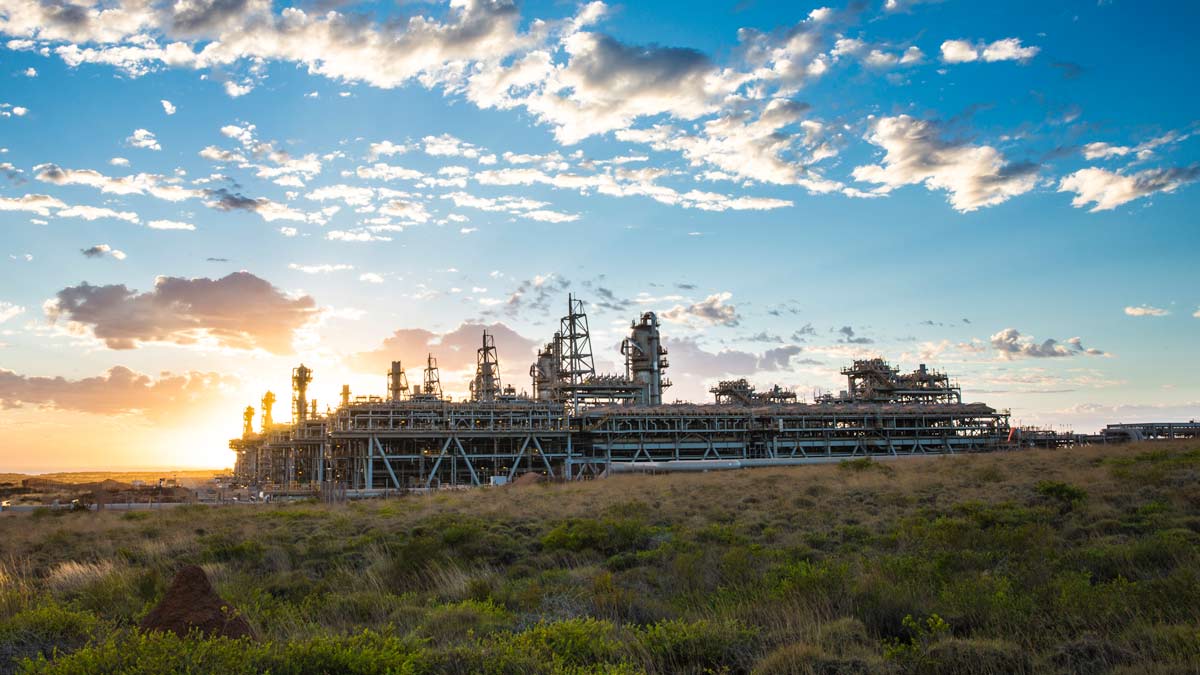The Australian government’s proposals to amend legislation to allow the import of carbon dioxide (CO2) emissions for burial in geological formations beneath the seabed are likely to cost taxpayers billions by using a technology that has failed to live up to its backers’ promises over the past half-century.
The proposed amendments to the Environment Protection (Sea Dumping) Act 1981 will do little to meet the aims expressed in the title of the legislation – the Environment Protection (Sea Dumping) Amendment (Using New Technologies to Fight Climate Change) Bill 2023 [Provisions] – as it will neither use new technology, nor will it flight climate change.
The plan involves burying CO2 emissions using carbon capture and storage (CCS), a technology that has been around since the 1970s and that has consistently failed to live up to the expectations promoted by oil and gas producers.
Moreover, CCS only deals with a fraction of the total greenhouse gas (GHG) emissions created by gas extraction, as it ignores the 85% to 90% of total emissions that are released when fossil fuels are burned by the consumer.
Global energy-related CO2 emissions totalled 36.8 gigatonnes in the calendar year 2022, whereas CCS sequestered a little more than 40 million tonnes of CO2 in the same period.
This equates to a rounding error in the totality of emission pumped into the atmosphere each year. CCS only perpetuates the production of oil and gas, which are major contributors to global GHG emissions each year.
In our recent submission to the Australian Senate’s Environment and Communications Legislation Committee, IEEFA noted that the legislation is heavily dependent on CCS working, and therefore providing the option for Australia to import CO2 from other countries that don’t have the ability to store their own GHG emissions.
However, CCS is dogged by a long history of failed projects that raises serious questions about its long-term reliability. There needs to be a conversation about who would be footing the bill here.
Any economic benefits derived from importing other countries’ emissions for disposal need to be balanced against the risk – financial and otherwise – that Australia would be lumbered with if the necessary CCS projects underperform.
The scale of these projects would essentially make them ‘too big to fail’. Can Australian taxpayers really afford to cover that risk?
CCS was originally designed to extract the remnants of oil and gas from near-depleted wells, not for the management of CO2 emissions. The performance of Australia’s largest CCS project, the Gorgon CCS facility, offers a vivid illustration of the process’s shortcomings in managing emissions.
The facility was created to bury at least 80% of the emissions from the reservoirs of the Greater Gorgon fields. However, not only was it late in starting operations, but it has consistently sequestered far less CO2 than it was designed to do, and has only captured less than 5% of the total emissions created each year as a result of the Gorgon liquefied natural gas (LNG) project.
This comprises emissions from gas extraction at the reservoir, known as Scope 1 emissions; the Scope 2 emissions produced during the liquefaction process of chilling the methane gas into a liquid state so it can be shipped to customers in the Asia Pacific region; and finally the Scope 3 emissions when the gas is burnt by customers.
Gorgon’s operator Chevron and its partners ExxonMobil and Shell $A3.2 billion to the period 30 June 2022. Chevron and its partners injected 1.65 million tonnes (mt) of CO2 in the Gorgon CCS project in the 2021-22 fiscal year to 30 June.
That is from the 5.04mt of CO2 that was removed from the Gorgon gas field and other reservoirs used in the Gorgon LNG project over the same period. This is well below the 3.3mtpa to 4mtpa it planned to bury, and below the 2.17mt of CO2 that was injected in 2020-21.
To make matters worse, a report in the West Australian this week said the lower rates of CO2 storage at Gorgon will continue into the 2023 year.
The combined CO2 emissions from the Gorgon field reservoirs and the Gorgon LNG liquefaction plant were 8.32mt of CO2 in the 2021-22 fiscal year, and with only 1.65mt buried.
It means 6.67mt of CO2 was added from Gorgon to Australia’s emissions inventory in 2021-22. That hardly looks like a climate fighting technology.
Essentially, the Gorgon project does not seem to be increasing the rate of CO2 capture, despite the billions of dollars pumped into it. So much for CCS technology improving.
Yet Gorgon’s underperformance does little to deter Australia’s gas industry from promoting CCS. Santos wants to build a CCS system more than twice the size of Gorgon with hopes of burying 10mtpa of CO2 at the near-depleted Bayu Undan gas field in the Timor Sea.
Not only is it proposed to be larger than Gorgon, but it will also be more complex, with the CO2 to travel through around 800km of pipelines, crossing international borders into Timor Leste’s maritime territory.
Any CO2 leakages at Bayu Undan, or any underperformance of the ambitious CCS system, will have lawyers circling, debating where the liability lies if CCS continues its poor record of underachievement.
Kevin Morrison is an energy finance analyst with the Institute for Energy Economics and Financial Analysis (IEEFA)









